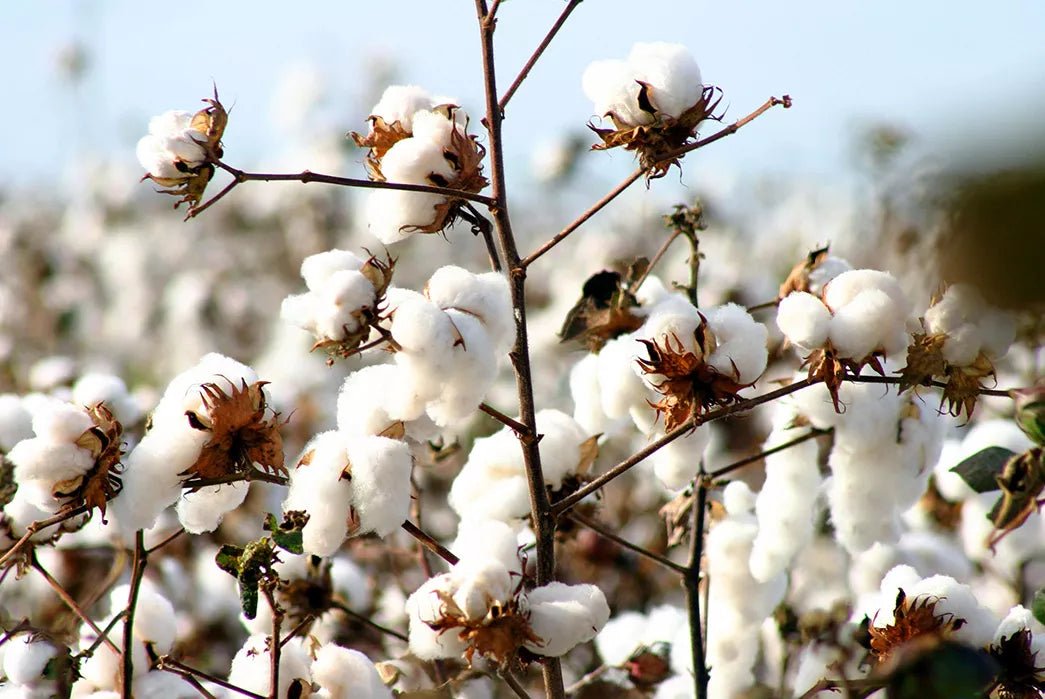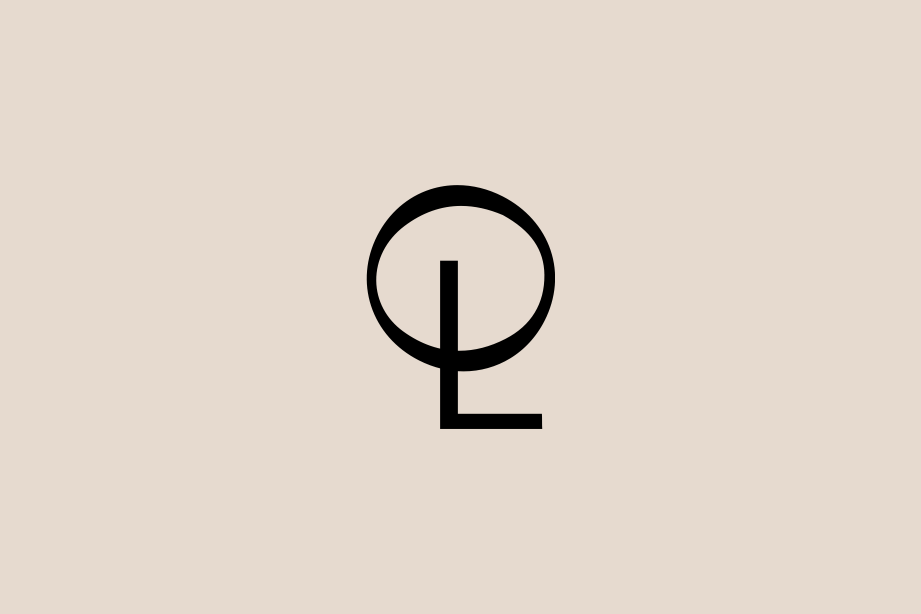Sustainable, Eco friendly and durable - we love Organic Cotton! It is grown without the use of harmful pesticides and chemicals, which makes it our most widely used fabric at One Less.
In the entirety of the fashion industry too, it is considered a more sustainable and eco-friendly alternative to traditional cotton and thus is the most popular kid on the block. As a sustainable fashion brand, we take pride in making sure all our organic cotton is certified by the Global Organic Textile Standard (GOTS) that ensures the cotton is natural and of organic quality.
Organic Cotton is very versatile, which also makes it our favourite textile to work with (Sorry bamboo!) Here are some of its key uses in the fashion industry:
Clothing
Organic cotton is widely used in the production of t-shirts, pants, dresses, and other types of clothing (Find our OG organic cotton tshirts here).
Bedding
Organic cotton is also used in the production of bed sheets, pillowcases, and other bedding products since it is one of the softest textiles available.
Accessories
It is used in the production of accessories such as bags, hats, and scarves, and shoes due to its durability and strength.
Home textiles
Organic cotton can also be used in the production of towels, bathrobes, and other home textiles since it is sustainable and low maintenance.
Despite these versatile uses, the long standing debate about regular cotton vs organic cotton usually boils down to one thing. How much it costs.
IS ORGANIC COTTON MORE EXPENSIVE?
Organic, recycled material, and especially organic cotton, often comes from farther away, is more rare, and costs more to produce. However, by supporting these products, we are encouraging the development of eco-responsible solutions that will hopefully, drive down the price. And can you really put a price on fair working conditions, a reduced carbon footprint, and the protection of our planet? We don't think so. In the end, if we choose to consume less, but better, these costs balance out and the demand for responsible fashion products will rise.
That gets us to our next question. How is organic cotton really made? Organic cotton is made through a production process that avoids the use of harmful pesticides and chemicals. This process involves the following steps:
- Seed selection: Organic cotton seeds are carefully selected for planting and are often chosen for their ability to resist pests and disease without the use of chemicals.
- Soil preparation: The soil is prepared using natural methods such as crop rotation and composting, rather than synthetic fertilisers.
- Planting: The seeds are planted using traditional methods, such as hand planting or using a manual seed drill, rather than using harmful processes such as dibbling and automated seed drills that are required for planting genetically modified seeds.
- Pest management: Pests are managed using natural methods such as releasing beneficial insects, using traps, and applying natural pesticides made from plants.
- Harvesting: The cotton is harvested by hand or with a machine and is then separated from the seeds and processed into fibre.
-
Processing: The fibre is then processed using natural methods such as washing, spinning, and weaving, rather than using harsh chemicals or synthetic dyes. By avoiding the use of harmful pesticides and chemicals, organic cotton production helps to reduce the environmental impact of cotton production and promote sustainable and ethical practices in the industry.
ORGANIC COTTON COMPARISONS
Organic Cotton vs. Linen
Organic cotton and linen are both natural fibres that are used in the fashion and textile industries, but there are some key differences between the two. The starkest difference is the production process. Organic cotton is grown and processed using sustainable and eco-friendly methods, while linen production involves soaking, retting, and drying the flax fibres which are labour intensive and involve wastage. In terms of cost too, linen tends to be more expensive due to its rarity and quality standards.
Organic Cotton vs. Regular Cotton
Organic cotton and Regular cotton are both fibres used in the fashion and textile industries, but they are manufactured using different methods. The production of organic cotton has a lower environmental impact, as it avoids the use of harmful chemicals and pesticides. The production of regular cotton, on the other hand, can contribute to soil degradation and water pollution due to the use of chemicals. In terms of quality, Organic cotton is often considered to be of a higher quality due to the care and attention given to the production process. Sometimes, regular cotton can pose health risks due to exposure to pesticides and other chemicals.
Organic Cotton vs. Synthetics/ Nylons
Organic cotton is a natural fibre made from the fibres of the cotton plant, while synthetic fibres are man-made and produced from petrochemicals. Both organic cotton and synthetics are used in the production of clothing, bedding, and home textiles. However, synthetic fibres are often used in products that require specific properties, such as stretch or water resistance. Synthetics and Nylons are often less expensive than organic cotton, due to the lower cost of production and the greater availability of chemicals and toxins.























Leave a comment
This site is protected by hCaptcha and the hCaptcha Privacy Policy and Terms of Service apply.